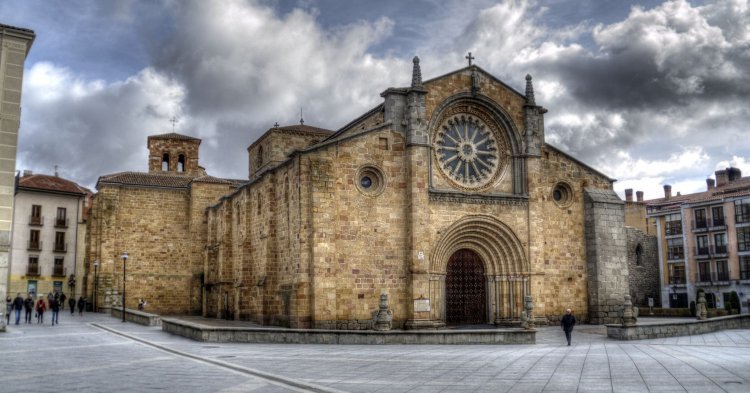2018 is the year of culture in Europe, and it is clear that in every corner of Europe the word ‘culture’ brings different things to our mind. For example, if you talk about culture with a Greek, probably the first thing they think about will be the philosophical school of Plato, the Acropolis of Athens or the paintings of the palace of Knossos. Let’s ask a Brit, whose brain will most likely associate it with the incredible halls of the British Museum, the Scottish traditions or York Cathedral.
At a first glance, it seems that we Europeans have the same understanding of culture: we understand it to be the art of Picasso, monuments such as the Trajan Column, palaces full of culture such as Alhambra, we speak of places dedicated to culture such as the Louvre, of characters that changed the world like Copernicus, traditional festivals like the Oktoberfest. So, does it seem that we Europeans have the same concept of culture? Yes, but the Japanese and Russians also have the same concept. We have to look deeper: are European cultures really so different that they cannot live together?
Let’s look at art – why art? Art is the maximum expression of a civilisation, it is what a culture leaves for posterity, where the thoughts of an era are expressed, it is definitely the climax of an era. Let’s look at art throughout history. Classical art in Greece created the patterns that Rome adopted and spread to the borders of the empire, half of Europe followed the same pattern under the Roman government. Another example: the Germanic tribes used a completely different art which was yet surprisingly very similar to the one used by most Indo-European tribes before the arrival of Rome. The torques (Celtic necklaces by a high-quality goldsmith) that we can admire in several English museums follow the same pattern that we can see in an archaeology site in the north of Burgos, which in turn is similar to what some German warriors would wear in the forests of Teutoburg. That is to say, in antiquity most of Europe shared the same art, which is synonymous with saying the same culture or a very similar one at least.
But let’s go further in time and let’s stop in the middle ages, that dark age of abbeys, monasteries, epidemics and wars. I would say that this is the time of greatest cultural shock, because it is here when the Islamic world makes its appearance in the European world, when the Arab world dominates a good part of the Iberian peninsula and begins to enter the Balkans unstoppably, splitting the Byzantine Empire. Christian Europe once again shared the same art, if we do not look at architecture again. Romanesque, the emblem of this era, originated in France, was perfected in Spain and spread throughout Christian Europe. We cannot understand this architecture if our heads do not pass through the cities of the Camino de Santiago Francés, without glimpsing the Romanesque paintings of the Pyrenees or without stopping in the monasteries of the Alps. We must admit, however, the existence of three patterns. Although it might seem distant, the pattern imposed by the Byzantine Empire, which has roots in this empire with the capital in today’s Istanbul, originates from this art that the religious iconography used in Western Europe today is derived from. We must also mention the completely different Islamic world and, of course, the places where the “barbarian” tribes have settled.
We can continue to move forward and see how Europe shares a rebirth with the arrival of Gothic style, as European minds opened with the Renaissance. As the literary works reached their climax, the figurative arts reached astonishing levels with the paintings of Velázquez or Michelangelo’s sculptures. Even when an insurmountable curtain of trenches fell over Europe, European minds continued to create the same art. See for example the avant-garde – all different, all by Europeans.
We can write pages and pages arguing that the vast majority of Europe has had the same vision of art and literature over time. But above all, it has had the same history. It is true that there are exceptions such as traditional food or some unique buildings. But it has been all of Europe, through influences, great works or schools, it has been all of Europe, which has meant that when speaking anywhere in Europe about the Gothic, any stage of music, rebirth, sacred art, chansons de geste, the Roman infrastructure, the literature and a long etcetera — when any European thinks of a representative element of their country, it is only one element of a whole culture that spread over Europe.
Europe definitely does not a priori share the same monuments, we do not share the same signs of identity. But Europeans share the same culture; with its variations which are, however, smaller than we think. Europe has shared the suffering of wars, has admired the same artistic style, has read the same novels, has listened to the same symphonies... Europe is a place where each country is a chapter, but Europe is one history, it is one culture, Europe is one future.
The article represents the author’s personal view. Articles on The New Federalist do not represent the views of JEF-Europe or of the TNF editorial team, unless expressly stated otherwise.

Follow the comments: |
|
